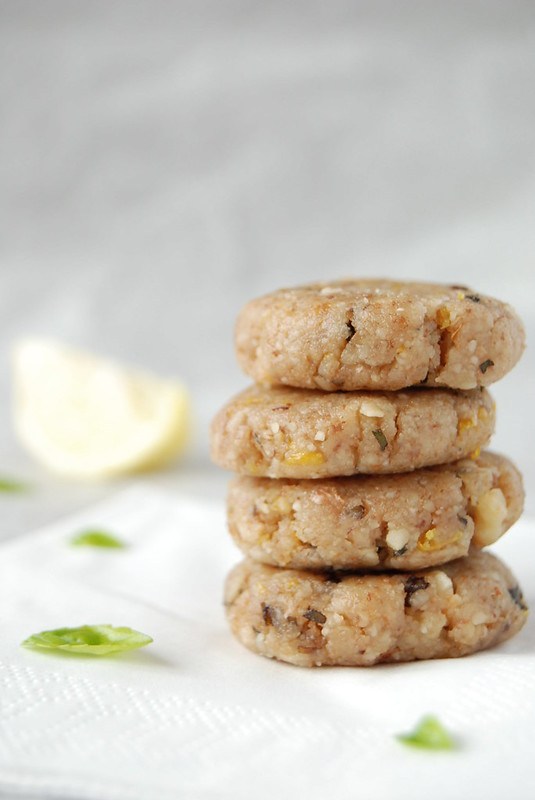The Intricate Art of Straw-decorated Easter Eggs

When I was in Canada, decorated Easter eggs meant pysanky, the Ukrainian art of wax-resist coloured eggs which results in beautiful and intricately patterned eggs. My first year of college, my friends and I spent hours doing pysanky over the Easter break.
When I came to Slovakia, I realized that there were many more traditional methods of decorating eggs here, including drawing with wax, cutting the egg shell, etching, and decorating with straw.
I first saw the straw method a number of years ago at a local spring fair. Pani Sitarova sat at a small table, gluing minuscule pieces onto an egg. I marveled over her patience working with such small pieces. This year, I asked her to show me the process, and marveled even more. Click to continue reading














